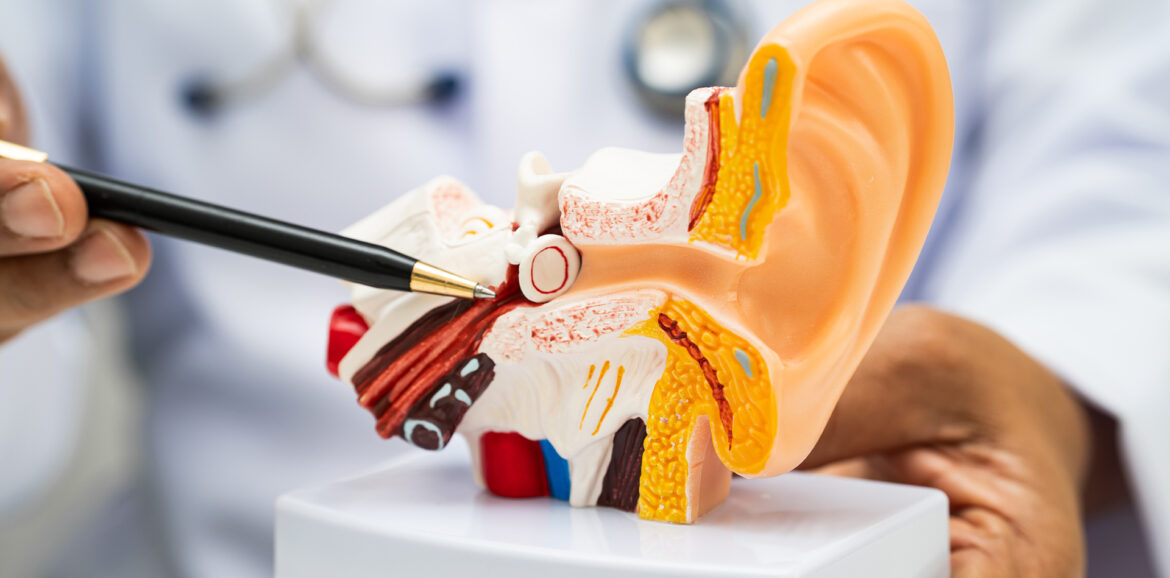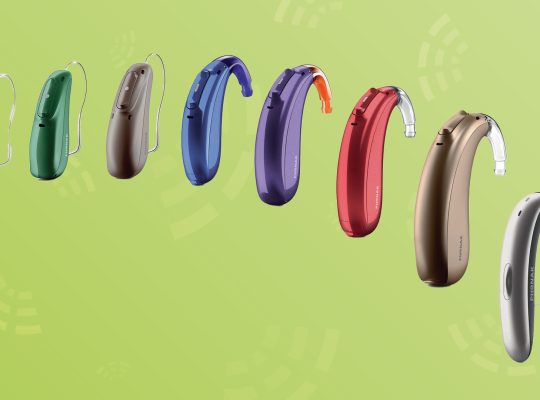You’ve probably heard of it before: the Eustachian tube. It almost sounds like an exotic vacation destination or a complicated musical instrument, but in reality it is a small but super-important part of your ear. Without this tube, your ears would be clogged much more often, you would suffer from earaches faster and a simple plane ride would be torture. But what exactly is the Eustachian tube, where is it located, and what does it actually do? Let’s dive in.
The Eustachian tube: what and where?
The Eustachian tube is a narrow canal that connects your middle ear to your nasopharynx. You have two of them: one on the left side and one on the right. It is about three to four inches long and plays a crucial role in how your ears function.
Although you can’t see or touch it, you especially notice its presence when it’s not working properly. Think of that annoying “full feeling” in your ear or earache with a cold.
The main functions of the Eustachian tube
The Eustachian tube has three main tasks. And all of them are important for keeping your ears healthy and functional.
1. Pressure regulation
You know that feeling when your ears “plug up” on an airplane or while driving through the mountains? That’s because the air pressure outside is changing, but the air pressure in your middle ear is lagging behind. The Eustachian tube helps equalize that pressure.
For example:
- Yawning, swallowing or chewing gum briefly opens the tube, causing the pressure to adjust.
- Without this feature, you would constantly suffer from painful pressure differences.
2. Ventilation
The Eustachian tube allows fresh air to enter your middle ear. That may not sound exciting, but it is crucial. Without that air supply, a sort of vacuum would form behind your eardrum, and that can lead to symptoms such as hearing loss or feeling blocked.
3. Drainage of fluid and mucus
Your middle ear continuously produces a small amount of fluid. The Eustachian tube drains this into the nasopharynx. If this drainage doesn’t work properly, such as with a cold or allergy, fluid can accumulate. This is often the beginning of a middle ear infection .
Problems with the Eustachian tube
Unfortunately, the Eustachian tube does not always work as it should. There are several complaints associated with this.
Blocked Eustachian Tube
A clogged tube often gives a “full feeling,” as if you were underwater. This happens, for example, with:
- Colds
- Hay fever
- Flu
- Enlarged nasal tonsils in children
Poorly functioning Eustachian tube in children
In young children, the tube is shorter and stands somewhat more horizontally than in adults. As a result, fluid cannot drain away as easily and the risk of ear infections is greater. Hence, middle ear infections are much more common in children. Sometimes eardrum tubes placed to correct this problem.
Eustachian tube open too often
This is less well known, but sometimes the tube is actually open too often. You then hear your own voice exaggeratedly loud in your head (autophony). This can be very disturbing.
How do you notice that your Eustachian tube is not working properly?
Complaints may include:
- Pressure or pain in the ear
- Hearing loss or dull hearing
- Tinnitus
- Frequent ear infections
- A “plopping” sensation when swallowing or yawning
What can you do yourself?
Fortunately, sometimes you can do quite a bit yourself to help the Eustachian tube.
- Chew or swallow gum when air pressure changes (such as on an airplane).
- Rinse nose with saline solution to keep the tube clear.
- Steam for colds to loosen mucus.
- Pinch nose shut and blow out gently (Valsalva maneuver) to blow open the tube.
Note: Do the latter carefully, or your eardrum may be damaged.
When to see the doctor?
If symptoms persist longer or recur frequently, it is wise to consult a doctor. Especially in children with repeated ear infections, medical intervention may be necessary. Sometimes eardrum tubes or other treatments are chosen to improve fluid drainage.
How do you keep your ears healthy?
In addition to supporting the Eustachian tube, there are other things you can do to keep your ears healthy:
- Do not use cotton swabs to remove earwax. That can actually make things worse. Rather, opt for a safe alternative such as the Bebird ear cleaner with camera.
- Protect your ears from loud noises with earplugs or earmuffs.
- Keep your resistance up by eating healthy, getting enough sleep and exercising regularly.
Summary
The Eustachian tube is a small but indispensable part of your ear. It regulates pressure, provides ventilation and drains fluid. If it doesn’t function properly, you may experience pain, pressure sensation or even recurrent ear infections. Fortunately, you can often help yourself with simple tricks like swallowing, chewing gum or rinsing your nose. And if that’s not enough, there are medical solutions that can take the pressure off your ears.
In short: take good care of your Eustachian tube, and you will enjoy a world of sound without annoying pops and blockages.









